From Philippi I made a beeline on the toll expressway back
past Thessaloniki and onward a short distance west to my nest set of
historically-important ruins. To many
Americans Pella is a brand of windows named after a town in Iowa where the
company was founded. However, that town was named after the original in
northern Greece. Founded around 400 B.C.
to replace Aigai as the capital of Macedonia, Pella was the birthplace of
Phillip II and his son Alexander the Great. Pella experienced teo centuries of
greatness as the Macedonian capital until it was sacked by the Romans in 168 BC
during the Third Macedonian War. Nearby Thessaloniki replaced Pella in
importance, and the harbor of the once coastal city silted up to the point
where it is now miles inland.
Excavations have been ongoing for over a century at Pella
and the huge site is still being explored. Since 2011 the Palace complex has
been excavated but is not yet open to visitors. And in 2006 a farmer in the
area inadvertently uncovered the largest known tomb ever found in Greece. Over
1,000 tombs have also been found at Pella, but those are estimated to be only five
percent of the total in the area.
As far as ruins go that can actually be visited, Pella’s are
among the less impressive of the major sites. Consequently, it appears to have
rather few visitors, and I don’t think it’s just because it was beastly hot the
day I was there. The parking lot at the site is pretty small. What makes up for
it, though, is a very good archaeological museum in town. Whereas some such site
museums in Greece are old and fusty, the one at Pella is new, modern, and huge
with artifacts from the site well displayed.
Oh, and the air conditioning works well too!

 Pella, Greece
Pella, Greece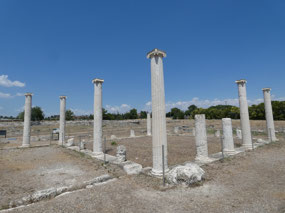

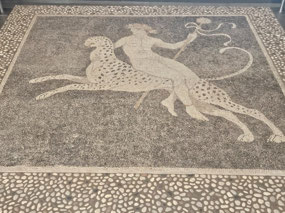

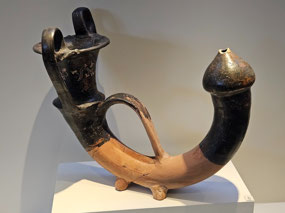
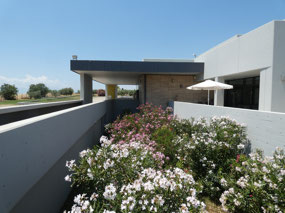
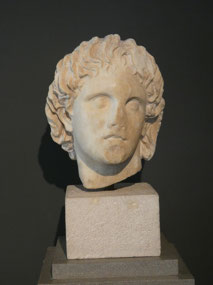
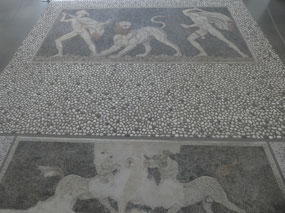
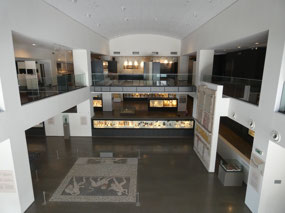
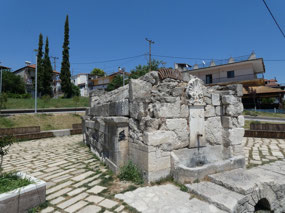
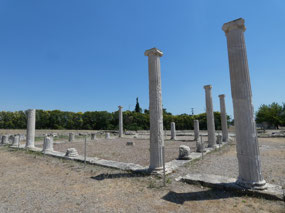
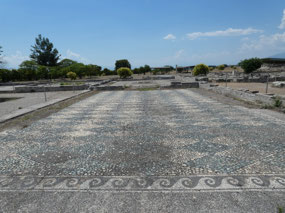
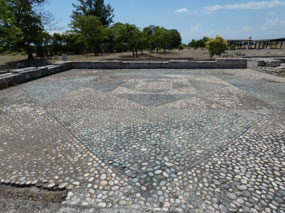
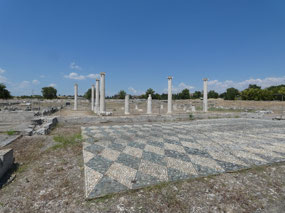
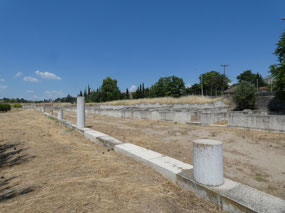
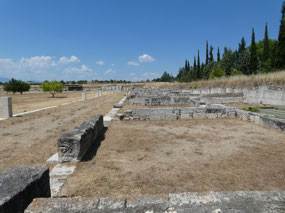
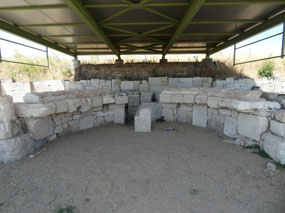
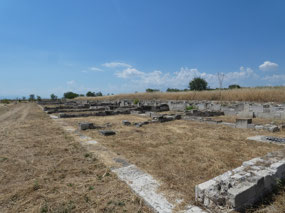
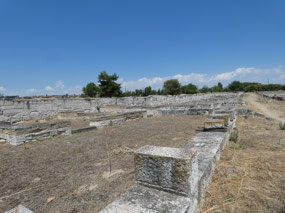
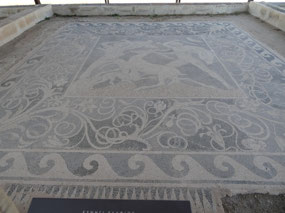
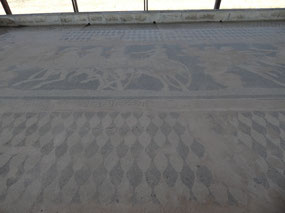
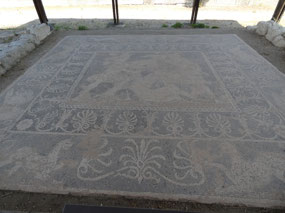
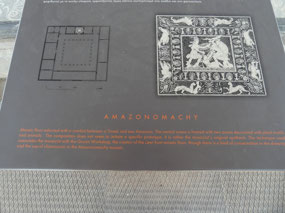
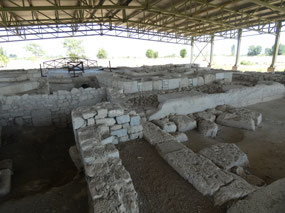
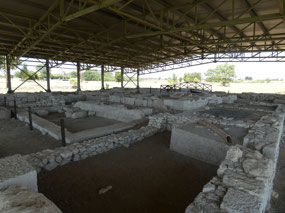
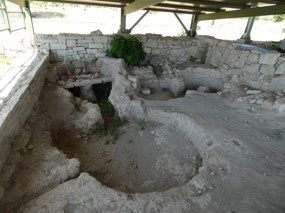
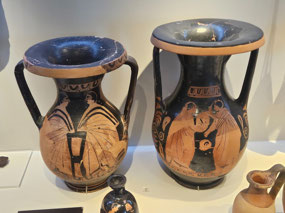
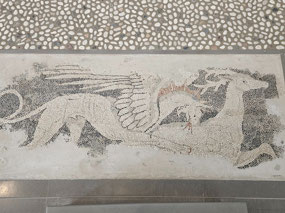

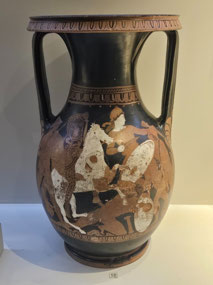
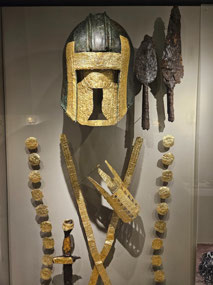
2025-05-23